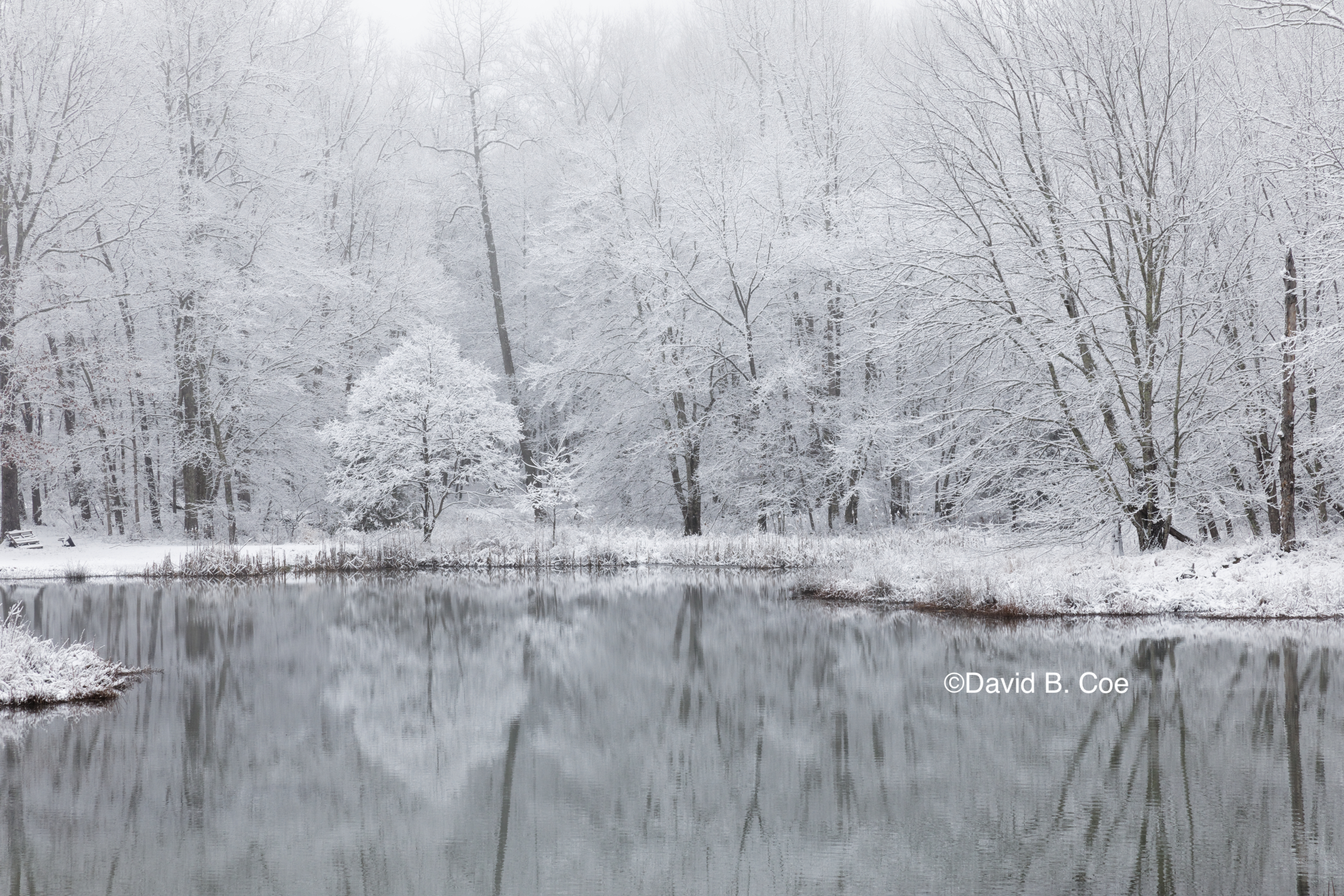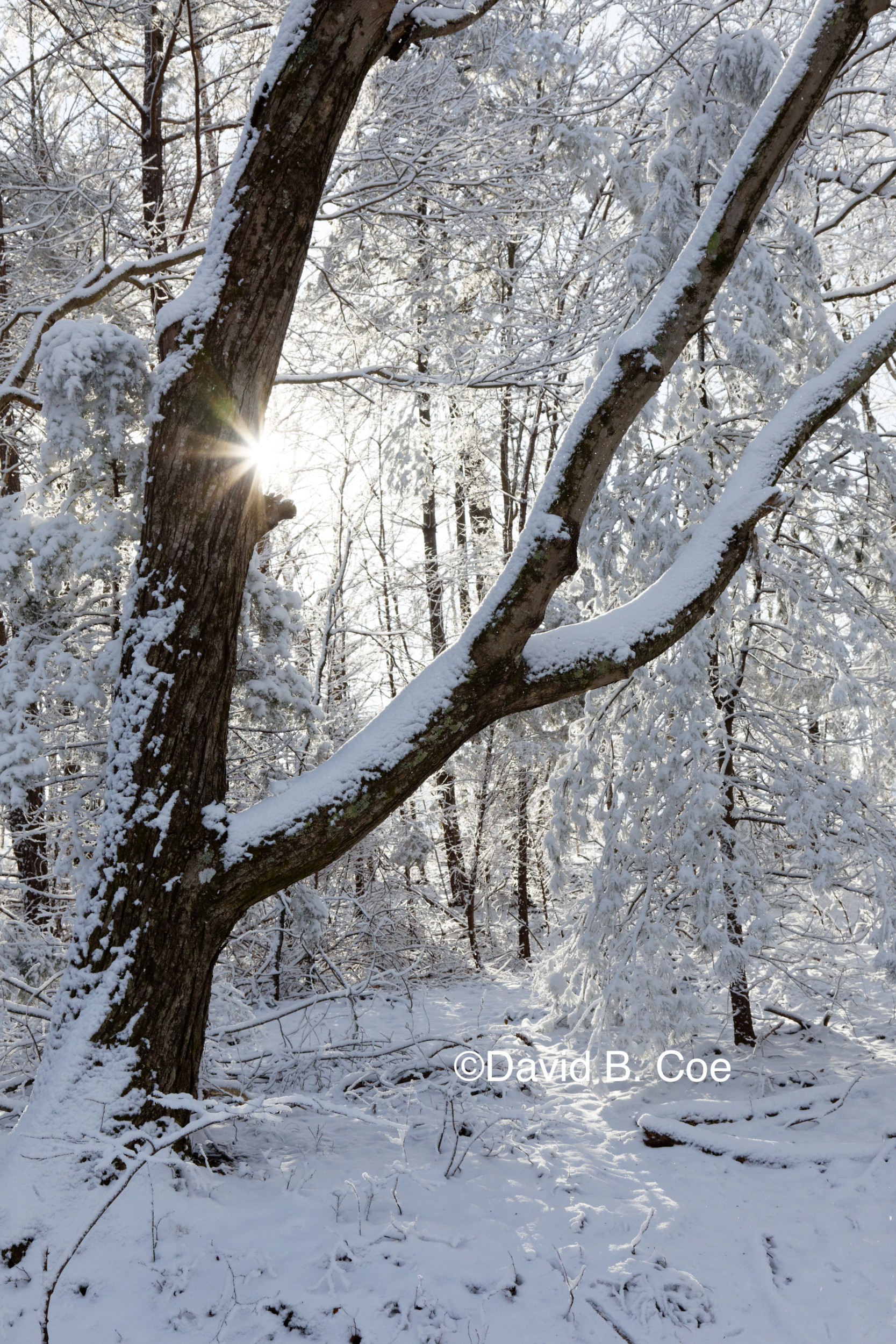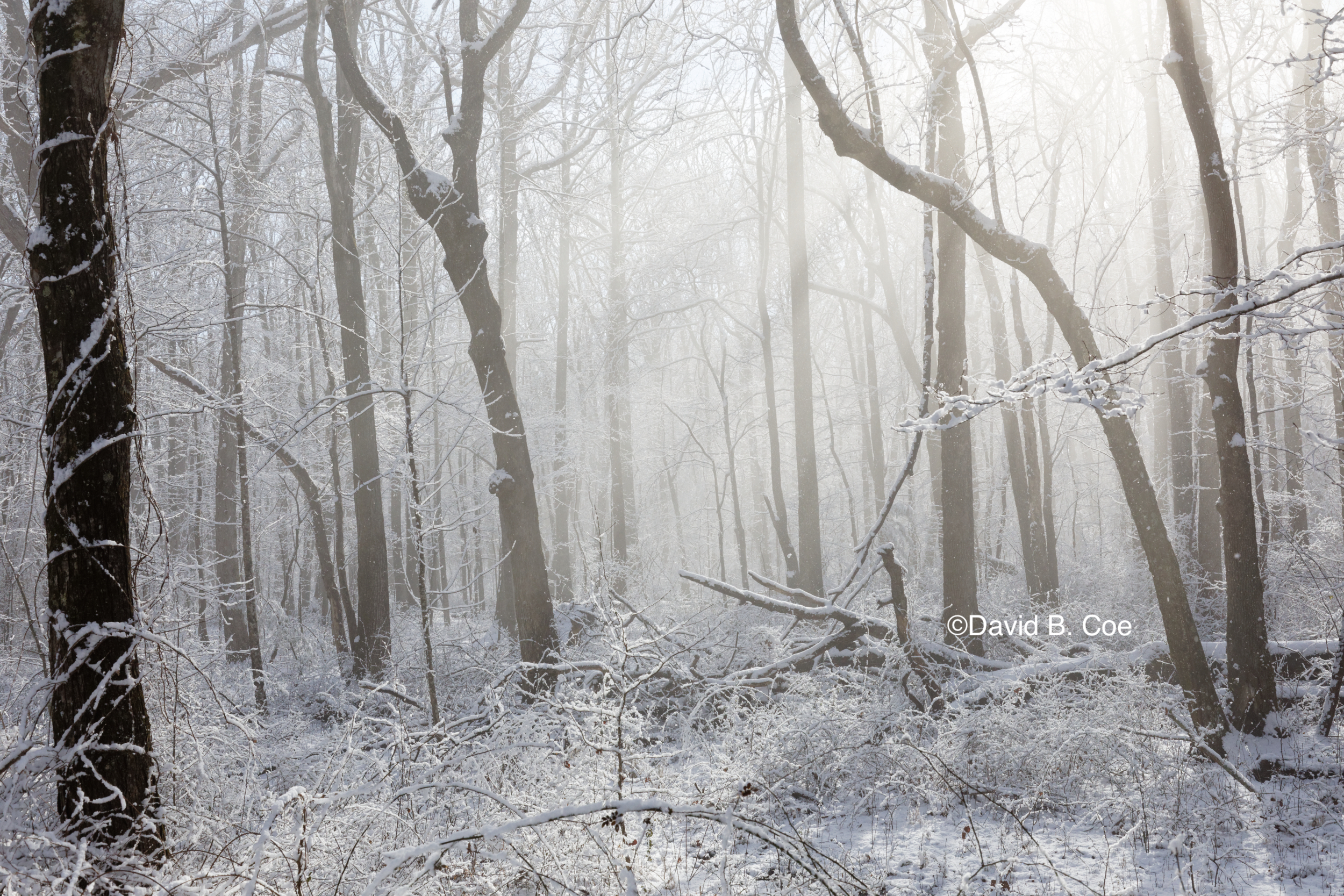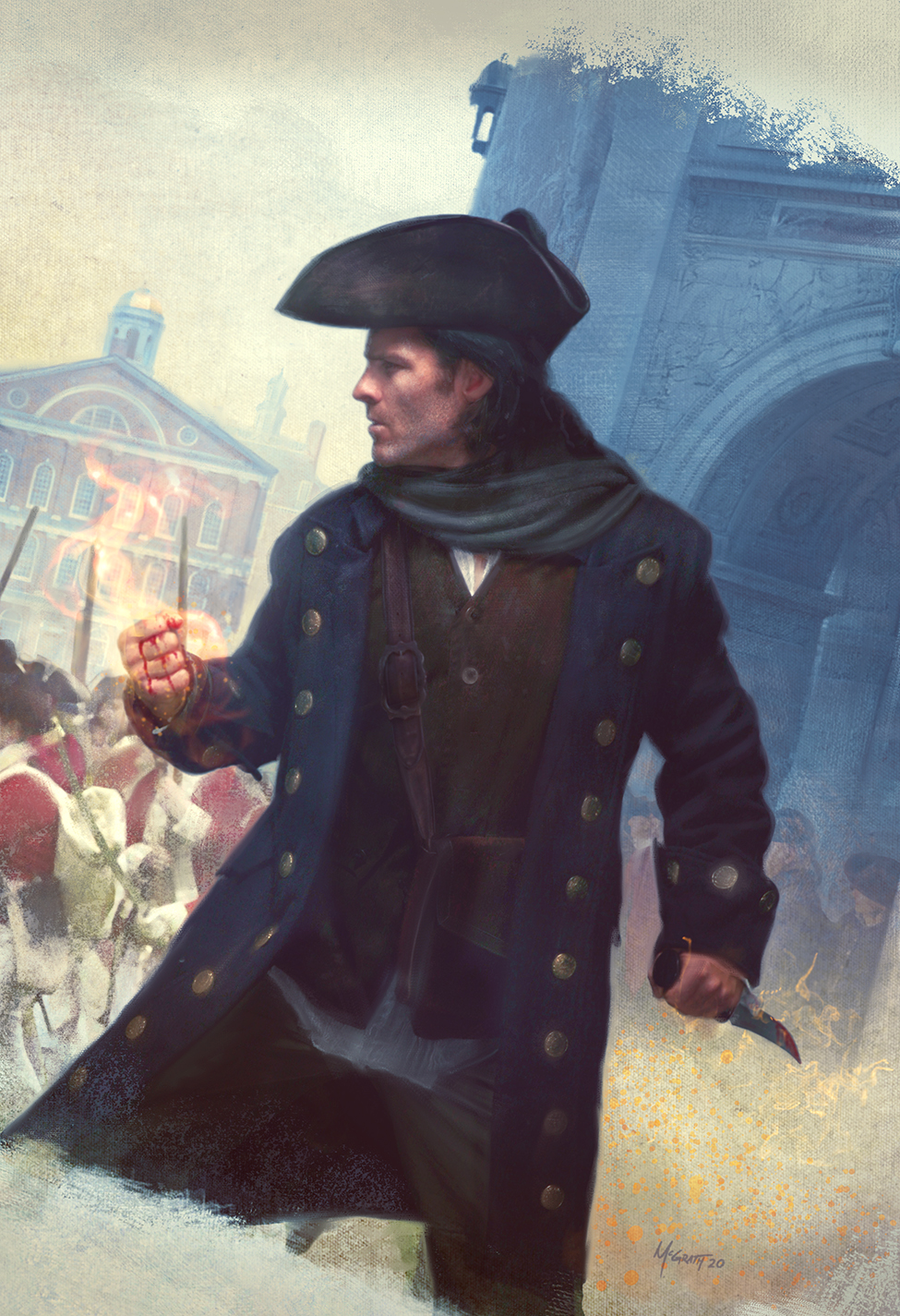Last year, on the weekend of the Super Bowl, I wrote a post for that following Monday about the power of sports in our culture. In it, I noted that the Big Game was one of the few truly shared experiences in our national culture, an event of vast reach that crossed many of the demographic boundaries that usually divide us as a nation. I also might have voiced some disdain for the hype, the glitz, the obscene expenditures on everything from the halftime show to the half-minute advertising spots.
What a difference a year makes.
When I wrote that post, of course, COVID-19 was not yet on our radar. Sports, among so many other things, had not yet been taken away from us.
I have missed sports far more than I thought I would. And I have found COVID-restricted sports less satisfying than I might have hoped. Usually while watching sports on television I begrudge the crowd reaction shots, the panning of packed stands, the background chants and shouts and, in the case of the Premier League, singing. I realize now, though, that those things meant something to me. I suppose, unwittingly, I got a vicarious thrill out of knowing there were thousands of people attending the game, reveling in the excitement of being there.
I don’t like the cardboard cutouts that have been placed in stadiums and arenas. I understand why they’re there, but I find it creepy and unsettling — a reminder, as if we need it, of all that is absent from our lives right now. I’m not crazy about the prerecorded crowd noise either, although, again, I understand why some venues use it. I’ll even admit that some Premier League venues (Nancy and I probably watch more Premier League soccer than we do any other sport) have done a really great job of simulating crowd reactions to play on the pitch.
Nevertheless, what I love about sports — about the entire spectacle: the game, the interaction of the players, the crowd response, even the cheesy organ playing and sound effects that still infect baseball games — is the organic nature of each event. Over the course of my life, I have watched — in person or on television — literally hundreds upon hundreds of baseball games, football games, basketball games. We’re getting there with soccer games. I have watched a ton of golf tournaments (yes, that’s right — deal with it), swim competitions, track and field meets… I could go on, but you get my point. I love sports and have watched a lot. And I have never seen any two games or meets or tournaments that were exactly alike. That may seem self-evident, but to my mind it speaks to the power of sports.
Every inning, every play, every trip down the court or assault on the opposing team’s goal is a moment of possibility. Anything can happen. Yes, the environment is controlled — action is guided by rules and confined by the field of play, but that actually enhances the experience. There is a certain level of safety in the unpredictability of sports (unlike the unpredictability of life itself, which is anything but safe).
Sports blends the thrill of the possible with the suspense of the unknown and the exploration of human potential and frailty. We watch athletes who are among the best in the world at what they do, pit themselves against one another in full view of thousands, sometimes millions. Will they fold under the pressure? Will they thrive? Will someone unexpected emerge as a hero? Will the most revered among them fail in a key moment, forever changing the way history views them?
Yes, some people will say “Who cares? It’s just sports. None of this matters.”
And they’re right. I won’t go so far as to say that the nerve-wracking suspense of a tight game, the excruciating progression of a key at-bat, has no long-term consequence. I’m merely a fan, and yet there are still sports moments that haunt me, the pain of a devastating loss as raw now as the day it happened. But the fate of the world isn’t at stake. And isn’t that exactly what we need right now?
Sadly, though, the version of sports we’re getting currently is lacking. The players and coaches are doing their best — I have no doubt of that. And I also don’t wish to be misunderstood: I welcome any sports we can have, and I have no desire to see anyone — athlete or fan — put at risk. I’ll take what I can get. Let’s be honest, though. These games are not the same. They can’t be. Playing before hordes of screaming fans has to have an effect on player performance. Yes, the greats claim that they can block out all awareness of the crowd. I don’t believe it. Do you? I haven’t seen stats, but I wouldn’t be surprised to learn that in these COVID leagues, home field advantage has declined markedly. How could it not?
Okay, I just did a quick search online, and home-field advantage has, in fact, diminished in a number of sports. So, yeah.
Look, having any sports at all is great — far better than having none. But I long for the day when stadiums can be filled to capacity. I look forward to going to games myself, to attending spring training again with my daughter, to seeing minor league baseball in the cities near us.
Sports matter, not just to those of us who love them, but to society at large. And having people in the stands makes a huge difference as well. Don’t believe me? Consider whether Jackie Robinson’s arrival in the Major Leagues would have had the impact on America that it did if the seats in Ebbets Field been empty.









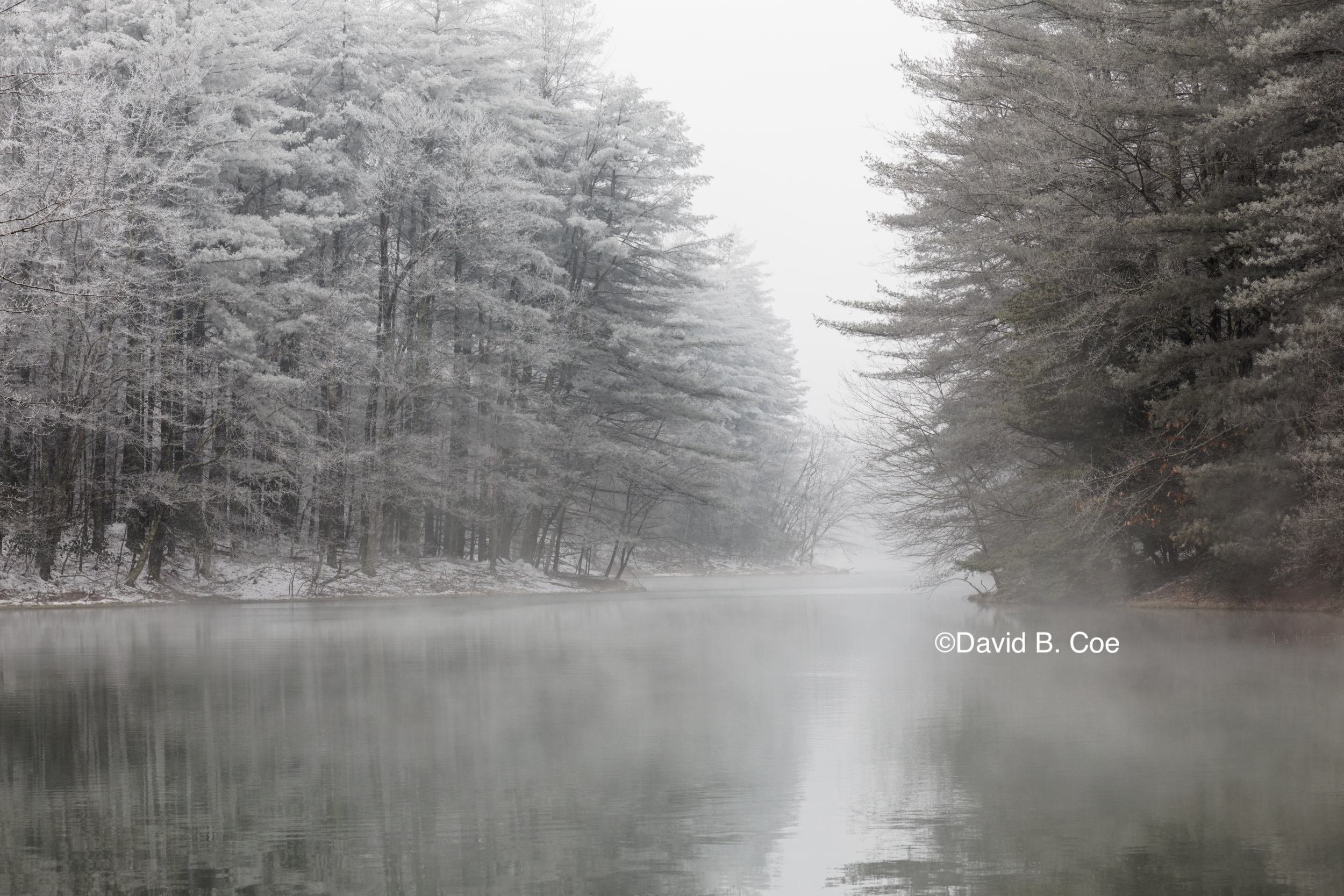
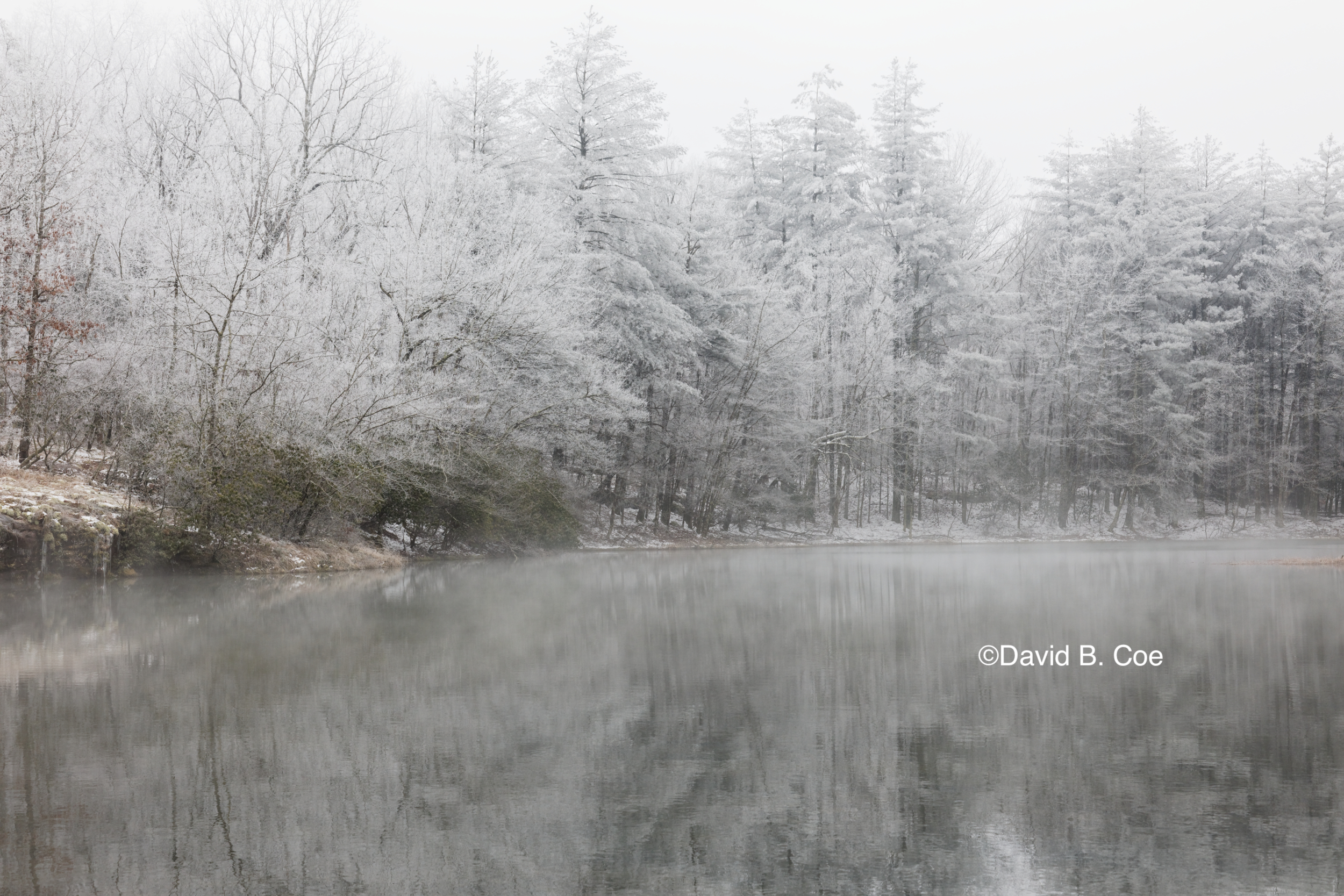
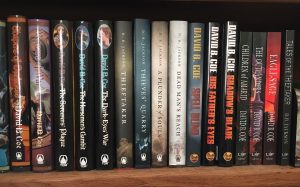 I am reading stories right now for a teaching gig I have coming up in early March. I’ll be running a critique workshop, and so I not only have to read and comment on the manuscripts, I also should take the opportunity to turn the issues I identify into writing lessons. Because the truth is, all the submissions seem to be from writers with limited experience, and all the submissions suffer from similar problems.
I am reading stories right now for a teaching gig I have coming up in early March. I’ll be running a critique workshop, and so I not only have to read and comment on the manuscripts, I also should take the opportunity to turn the issues I identify into writing lessons. Because the truth is, all the submissions seem to be from writers with limited experience, and all the submissions suffer from similar problems.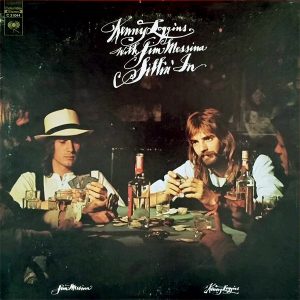 For this week’s Creative Friday post, I’m doing something a little different, and writing about someone else’s creativity.
For this week’s Creative Friday post, I’m doing something a little different, and writing about someone else’s creativity.